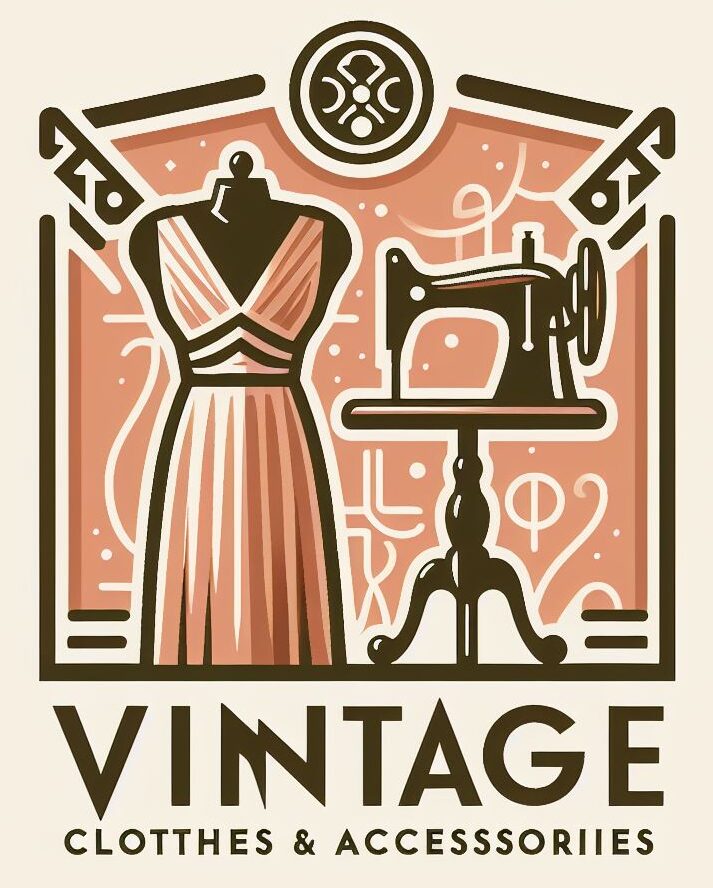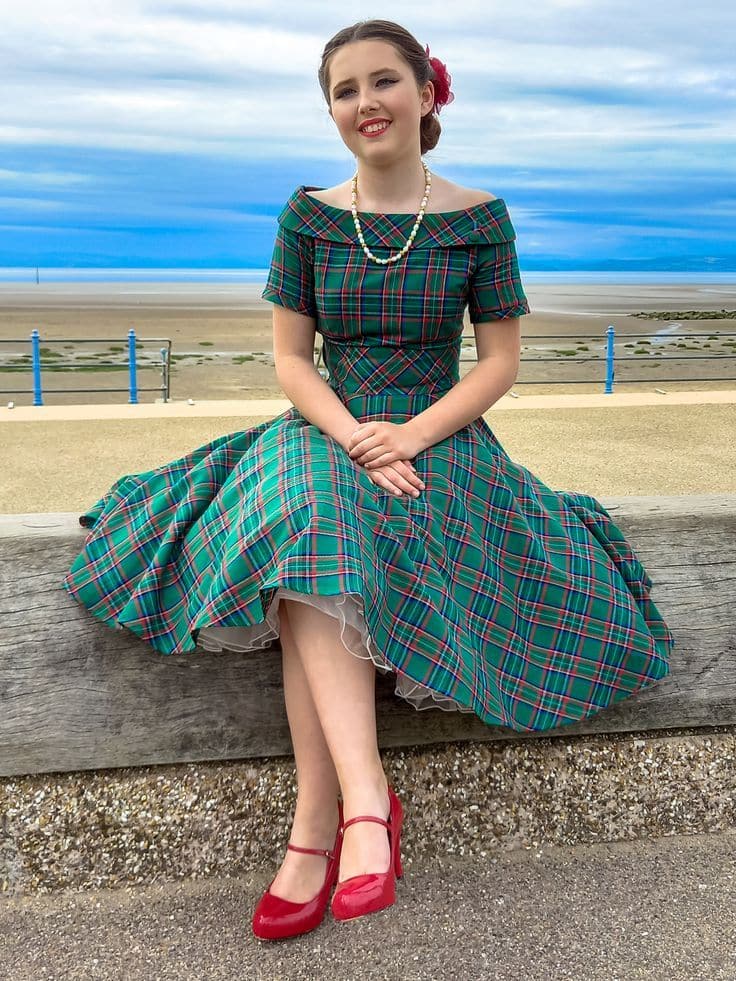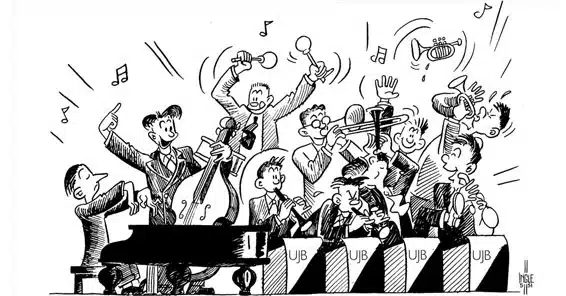
Swinging Into Style: The Big Band Era’s Influence on Fashion
The Big Band era, also known as the Swing era, was a period in the history of jazz music that flourished in the late 1920’s through to the 1940’s. It marked a significant shift in popular music, characterized by large ensembles of musicians (usually around 10-25 members) playing together, featuring brass, woodwind, and rhythm sections. Several factors contributed to the rise in popularity of the Big Band era.
Dance Culture was big in dance halls and ballrooms, as popular social venues and energetic, rhythmic band music was perfectly suited for dancing. These swing rhythms were so infectious that it took little encouragement for people to dance, fostering a cultural movement around the music.
Advancements in recording technology, with the emergence of radio broadcasting, allowed big band music to reach a wider audience. This enabled bands to broadcast live performances, reaching homes across the country whilst popularizing their music.
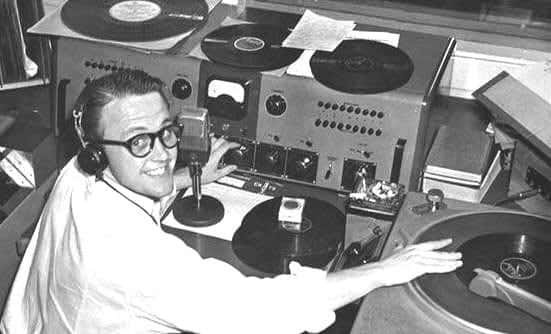

During the Great Depression of the 1930’s, people sought entertainment as an escape from economic hardships, and Big Band music provided a lively, uplifting atmosphere for those seeking a distraction from their daily lives. Band leaders such as Glenn Miller and Benny Goodman (to name a few) were influential figures who shaped that era. Their innovative arrangement, compositions, and charismatic performances attracted audiences and contributed to the genre’s popularity. Their music was a fusion of various musical styles, incorporating elements of jazz, blues, and even pop. It’s appeal transcended racial and cultural boundaries, drawing from African American roots which appealed to a diverse audience.

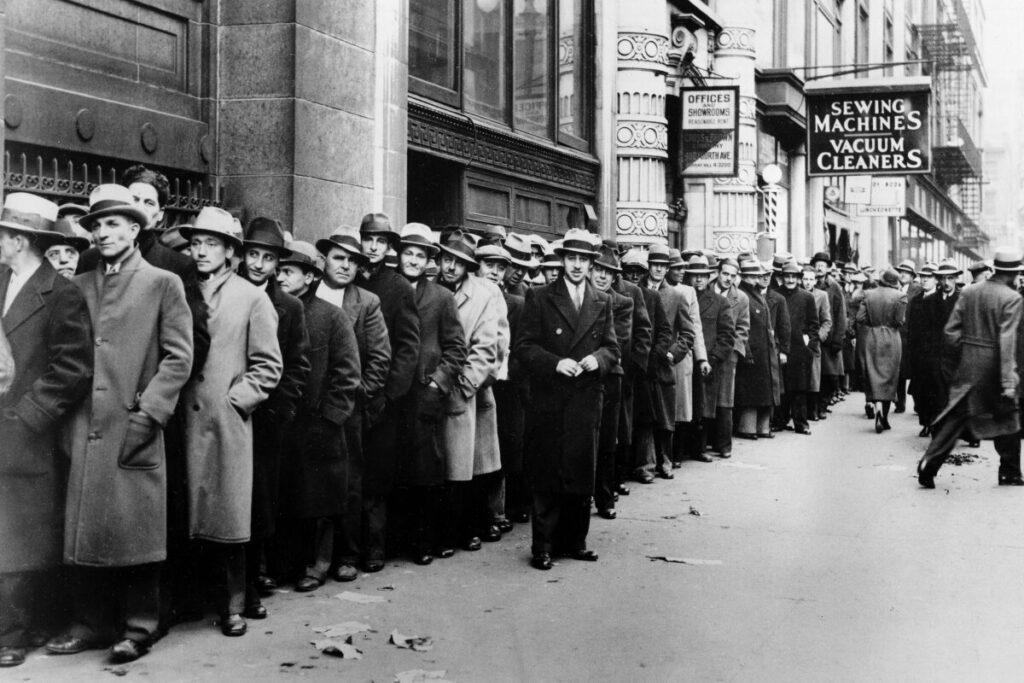
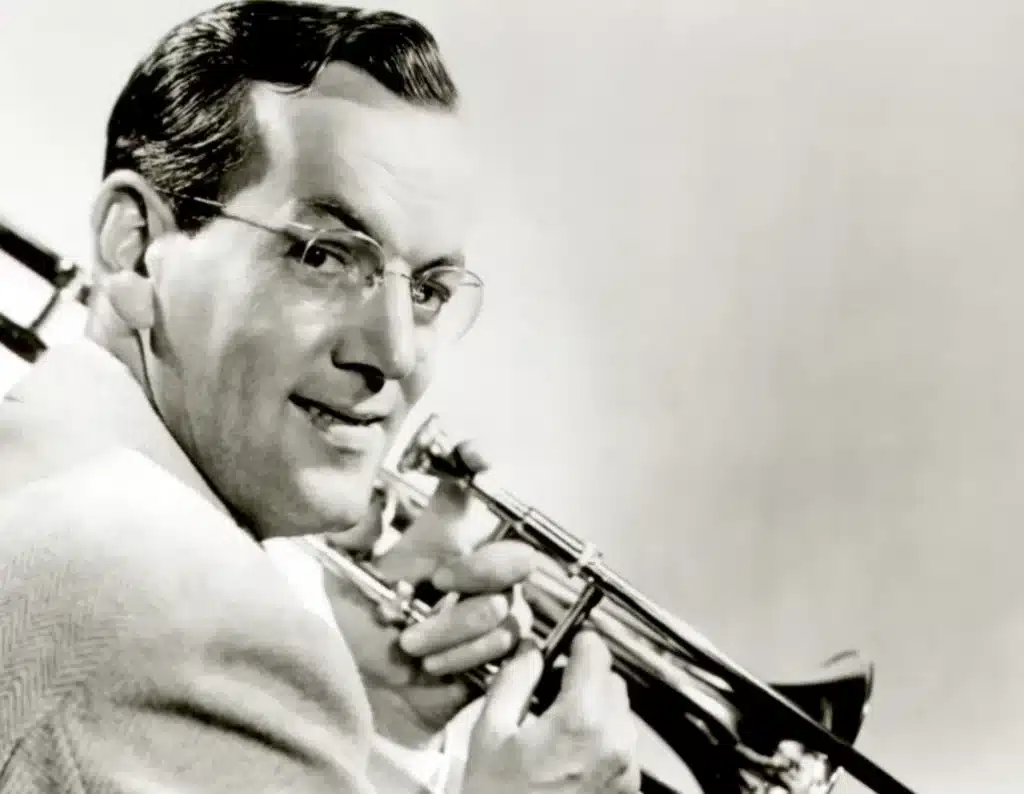
With the rise of swing dancing that characterized energetic movements and syncopated rhythms, it became directly associated to the music of the Big Band era. This dance craze further propelled the popularity of the music.
The Big Band era was classified by several defining music and cultural elements that shaped it’s identity, and left a lasting impact on both music and society.
Predominantly the music style of the era was swing, a form of jazz characterized by strong emphasis on the off-beat, syncopated rhythms, and a swinging groove. The band’s featured lively brass sections, expressive saxophones and dynamic rhythm sections. Their large ensemble of musicians formed the backbone of the era’s music. These bands included brass instruments such as (trumpets, trombones), woodwinds (saxophones, clarinets), rhythms sections (piano, bass, drums and guitar), and sometimes vocalists.
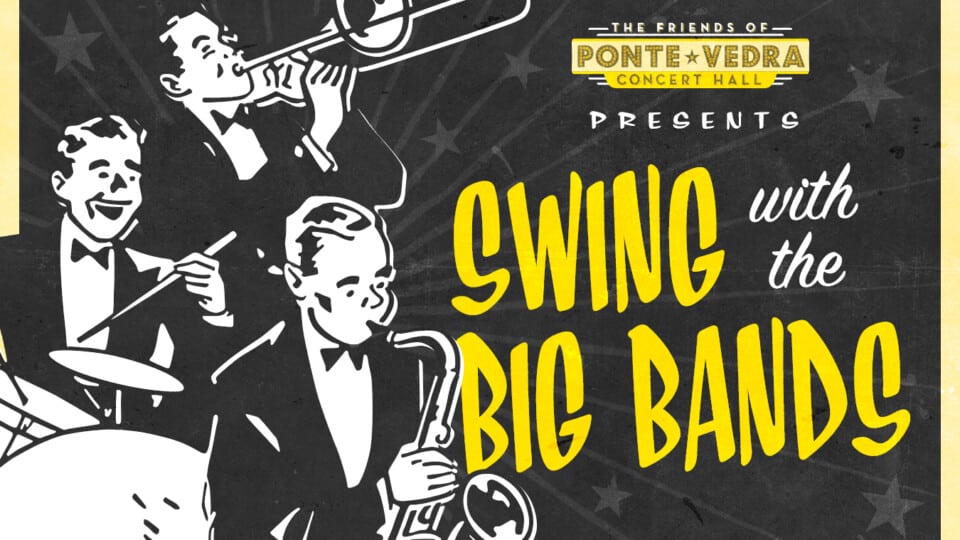
Band leaders were visionary and innovative, but were central figures of the era, as Duke Ellington, Count Basie, Tommy Dorsey, Glenn Miller and Benny Goodman were the muso’s of the time. These bandleaders shaped the sound of their bands, wrote compositions, and arranged music, contributing significantly to the development and popularity of Big Band music. Their music was synonymous with dancing and the vibrant social spaces of the era, that saw the emergence of various dance styles like the Lindy Hop, Jitterbug and Charleston, which became immensely popular, fueled by the infectious rhythms of swing music.
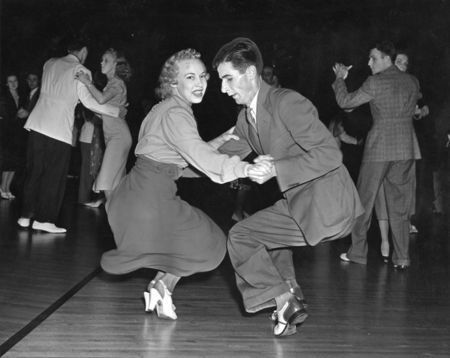
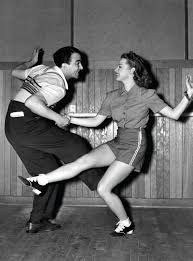
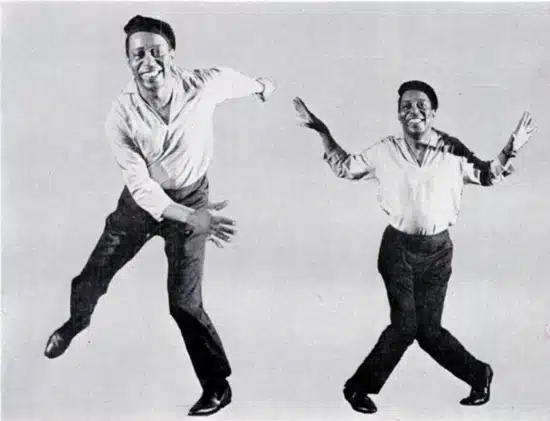
The arrival of radio broadcasting was crucial in popularizing their music, as live performances were broadcasted, allowing people across the country to listen and dance to the music from the comfort of their homes. This widespread exposure helped the music gain immense popularity in many countries. Due to Big Band music originating in the US, this brought about a profound influence in American culture, bringing together diverse audiences, transcending racial and cultural boundaries. The music was heavily influenced by African American roots, which played a role in breaking down racial barriers, within the realm of music appreciation.

This era of the Big Band, was associated with a distinct sense of style and fashion. Swing dancers often dressed in elegant, fashionable attire, with the glamour of the big bands adding to the overall ambience of the time.
As World War 2 started, the music and the culture of the Big Band era were significantly impacted. Many musicians were enlisted in the military, thus resources were re directed leading to changes in the music scene. However their music continued in popularity and served as a source of morale – boosting entertainment during war times.
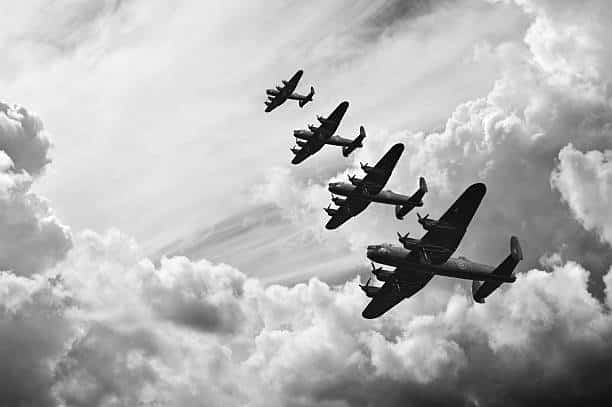
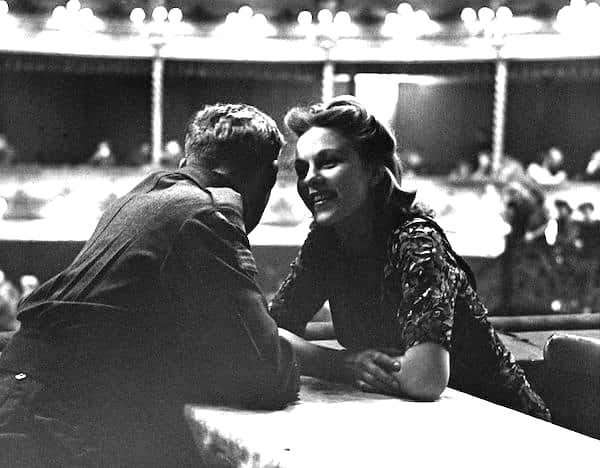
Big Band era was a time of vibrancy and elegance, and the clothing styles of the period reflected the energy and glamour associated with the music and dance culture of the time.
Clothing styles were mirrored on the vibrancy of the era, and both men and women embraced a sense of elegance and glamour in their attire, with ladies dressing in flowing dresses or skirts adding sophistication and style. Some lovely 40’s and 50’s style swing dresses can be purchased now online. Plus size 40’s style in various colours – check them out here. Alternative numbers are sourced through vintage vixen online.
Men’s fashion featured tailored suits with wide-leg trousers, often with suspenders, and the suits were typically single – breasted with wide lapels, reflecting a sense of masculinity and sophistication. Dress shirts with wide collars and ties were common, together with fedora hats to complete the ensemble.
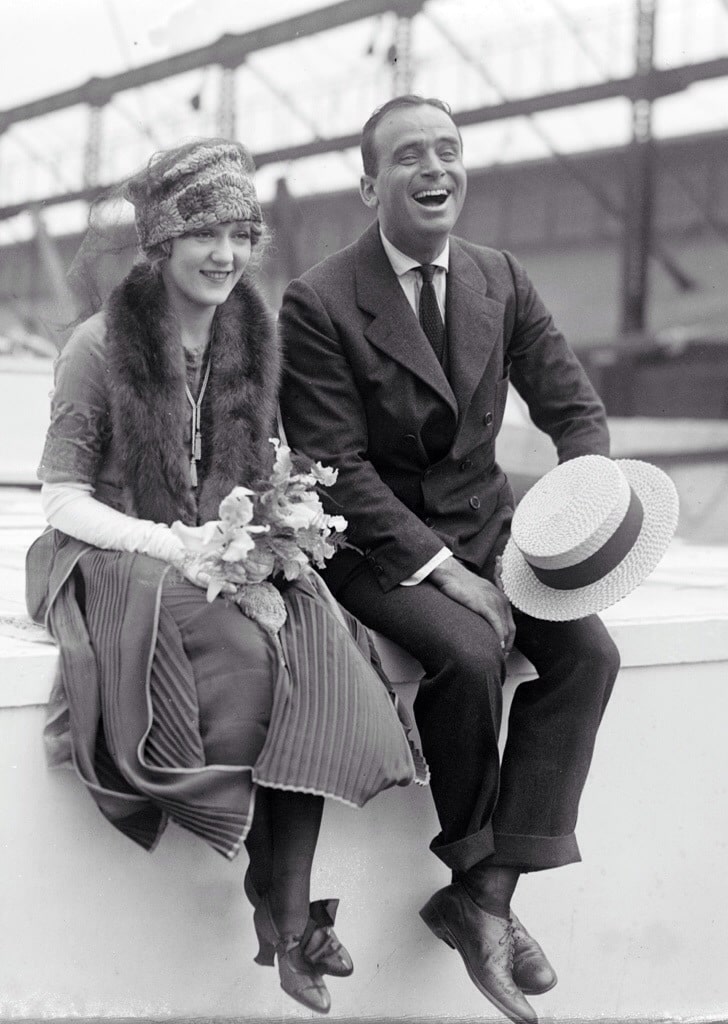
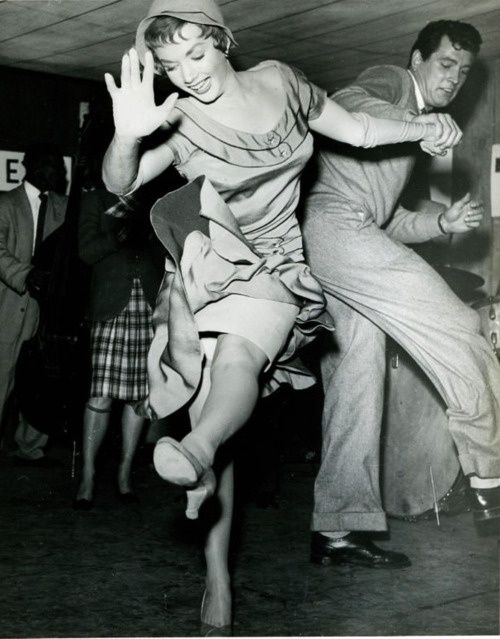
Women’s fashion in the Big Band era was characterized by glamorous and feminine styles with flowing dresses in A-Line or Bias-cut skirts that emphasized movement were popular. They featured floral prints, polka dots, or solid colours, and embraced a more structured silhouette with fitted waists and accentuated shoulders. Evening dresses were adorned with sequins, beads, or a fringe, adding sparkle and glamour to the dance floor.
Dancing was a significant part of the culture during this time, so swing dancers opted for attire that allowed freedom of movement – learn more today where you can shop for cool polka dot dance dresses. Women would opt for tea-length or knee-length dresses with full skirts that allowed for easy movement while dancing, whilst men preferred comfortable suits that allowed them to move freely, often paired with leather-soled shoes suitable for dancing. Both men and women accessorized their outfits to complete the look, with women adorning themselves with gloves, hats, pearl necklaces, and elegant handbags, whilst men often wore pocket squares, cufflinks, and suspenders to complement their outfit.
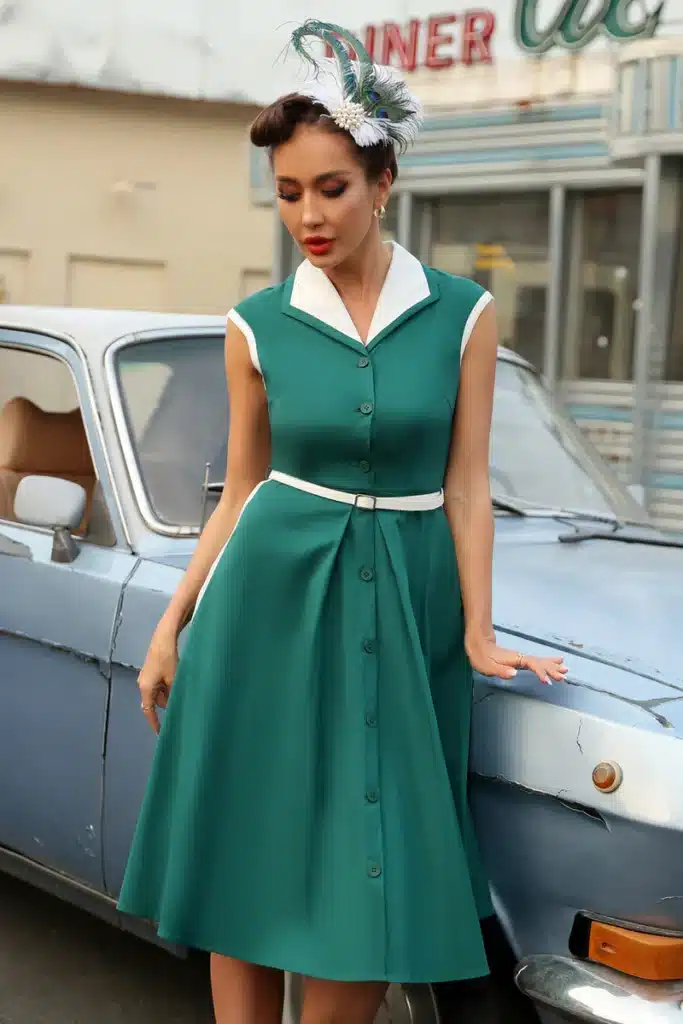
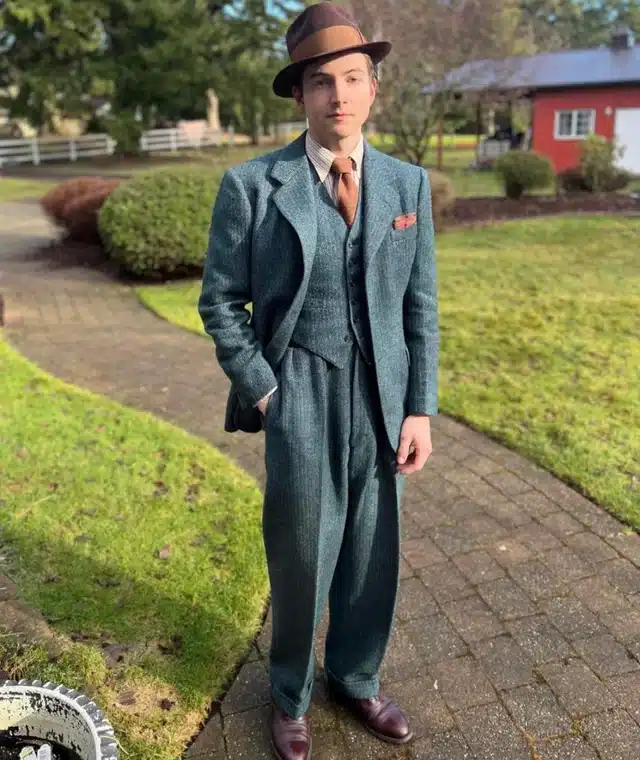
Hairstyles were an essential part of the overall look. Women often styled their hair in victory rolls, pin curls, or soft waves adorned with decorative hair accessories like hair combs or flowers. Men’s hairstyles were typically neat and well-groomed, as short hair cuts were common. Makeup was also used by women to embrace a classic look during this era. This included red lipstick, well-defined eyebrows, and subtle eye shadow with a lick of mascara on the lashes, to accentuate their features for a glamorous appearance.
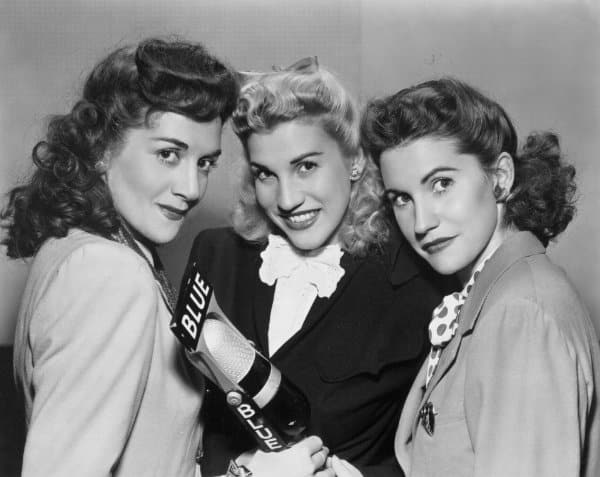
Rhythm of the Times: Understanding Big Band’s Popularity
The appeal and resonance of their listeners, stemmed from a combination of cultural, social, and musical factors. Swing music and the Big Band was inseparable from the dance culture of the time with the energetic, rhythmic tunes perfectly suited to the lively and exuberant dance styles again such as the Lindy Hop and the Jitterbug. These dances were embraced by the younger generation, providing a sense of joy, freedom, and social interaction.
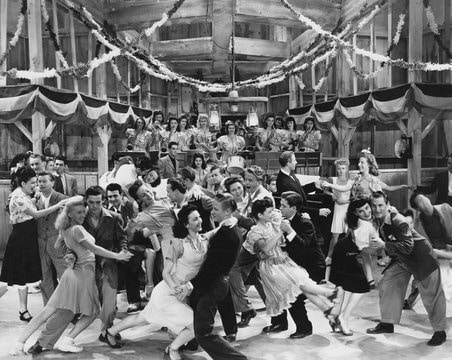
As the swing era coincided with the Great Depression and World War 2, people were facing economic hardships and the grim reality of war. This type of music provided an escape from those challengers, creating an opportunity to embrace a sense of optimism and joy. Also with the rise of radio during this time, which significantly contributed to the spread of Big Band and swing music reaching a vast audience whilst influencing and captivating listeners across different demographics and regions. Their music was characterized by large ensembles and due to this the arrangements and improvisational elements (within these compositions) made the music exciting and engaging for both listeners and musicians alike. The band leaders contributed greatly to the genre’s popularity with their innovative arrangements and captivating performances.
Swing music had a broad appeal that transcended racial and social barriers. It integrated elements from various music traditions, including jazz, blues and some elements of classical music. This fusion made it accessible to a diverse, contributing to it’s widespread acceptance. The era also witnessed the rise of iconic performers who became synonymous with the Big Band and swing music scene. Vocalists like Frank Sinatra, Ella Fitzgerald, and Billy Holiday, among others, became household names, adding charisma and personality to the music.
*
As an Affiliate - I may receive a commission if you click on a link and purchase through a site*
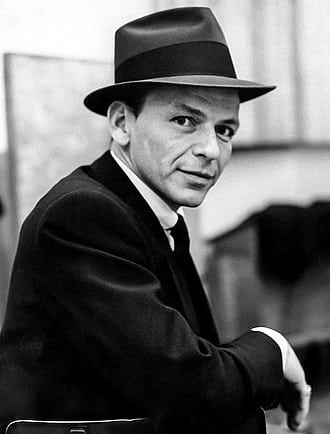

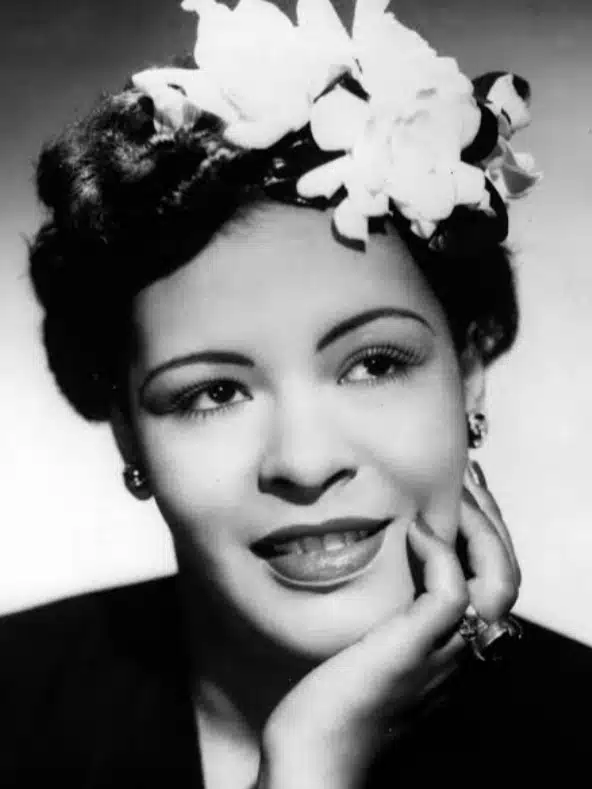
Patriotic sentiments during World War 2 saw an association with swing music. Songs like Glenn Miller’s “In the Mood” and “Chattanooga Choo Choo” were popular among soldiers and civilians alike, fostering a sense of unity and national pride. Over time, the nostalgia associated with the swing era has helped keep this music alive. It’s timeless appeal continues to attract audiences, with many appreciating it’s historical significance and the craftsmanship of the musicians involved.
The Great Depression was an economically devastating period in the United States and worldwide, characterized by widespread unemployment, financial instability, poverty and despair. During this challenging time, people sought various forms of escapism to cope with the hardships they faced. Music played a crucial role in providing much needed escape for individuals affected by depression.
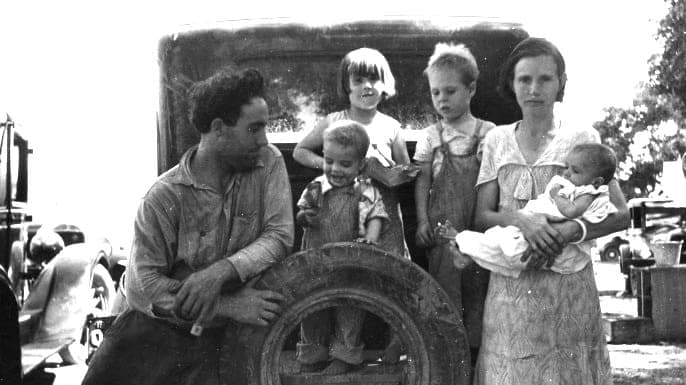
We look into how Big Band and swing music served as a form of escapism during the Great Depression – starting with joyful and energetic music. The upbeat, lively, and rhythmic nature of the Big Band and swing music offered a stark contrast to the gloomy reality of the Depression era. It’s infectious melodies and danceable rhythms provided a temporary reprieve from the daily struggles offering a sense of joy and optimism. The dance culture associated with swing music offered a physical and mental escape. By participating in energetic dance routines allowed people to momentarily forget their financial woes and immerse themselves in the joy of movement and social interaction.
These bands often played in dance halls, clubs and social events creating a space for people to come together and socialize, but provided a sense of community and camaraderie during a time when individuals felt isolated or despondent. Radio broadcasting allowed people to access music easily. Radio programs featured live performances by Big Bands brought entertainment into their homes offering a welcome distraction from the challenges of daily life. The emergence of iconic performers and bandleaders during this period offered a form of celebrity culture, and their music providing a source of admiration and inspiration amidst the economic hardships. Swing songs contained lyrics that conveyed hope, resilience, and dreams of a better future. Songs carried uplifting messages like “It don’t mean a thing (if you ain’t got that swing)” by Duke Ellington, or “On the sunny side of the street” performed by various artists resonated with listeners during those tough times.
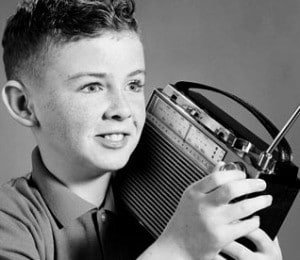
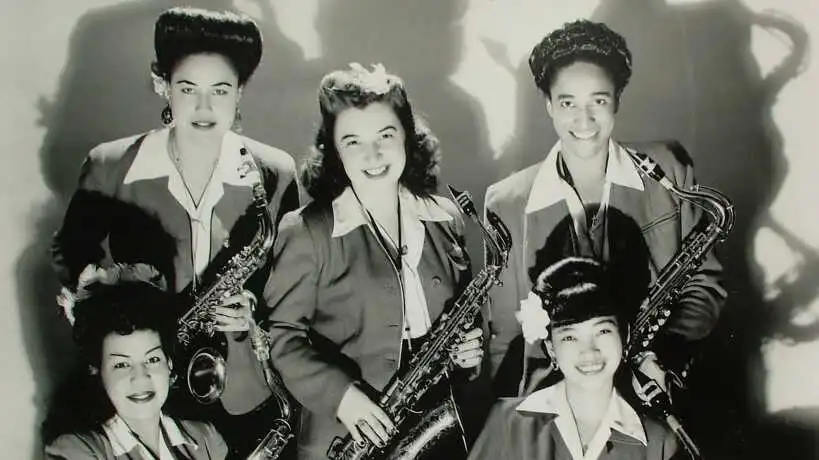
Radio and film played a pivotal role in disseminating the Big Band movement, significantly contributing to it’s popularity and widespread influence during the 1930’s and 1940’s. Radio was the only form of mass media during the Big Band era, reaching broad audiences across different socio-economic backgrounds, regions, and demographics. This accessibility allowed swing music to penetrate households across the nation, making it immensely popular. Networks regularly featured live performances by these bands, hence bandleaders and performers were showcased in popular programs such as “Saturday Night Swing Club” and “Your Hit Parade” exposing listeners to the latest hits. Radio broadcasting also served as a promotional platform for Big Bands. Some bands even toured based on their popularity through radio exposure, with their live performances broadcasted, further amplifying their extension.
Big Band and swing music became a cultural phenomenon through the influence of radio by introducing listeners to new sounds, styles and artists which contributed significantly to the mainstreaming of this type of entertainment.

The Golden Age of Hollywood coincided with the peak of the Big Band era. Numerous films prominently featured Big Bands and their music. Movies such as “The Glenn Miller Story”, “Swing Time” and “The Benny Goodman Show” not only showcased the music but also highlighted the lives and performances of popular band leaders, making them cultural icons. In musical films and soundtracks such films often included musical sequences featuring Big Bands showcasing the energy and vitality of the music attracting audiences and popularizing the genre. Sound tracks of these movies were additionally released, allowing fans to relive the music outside the cinema. The visual representation of seeing these bands perform on – screen complimented the auditory experience, where audiences connected with the musicians and the atmosphere of live performances enhancing their music appreciation. Also films that featured Big Bands were often cross promoted through radio broadcasts and vice versa. This collaboration between different media channels amplified their exposure, solidifying Big Band’s presence in popular culture.
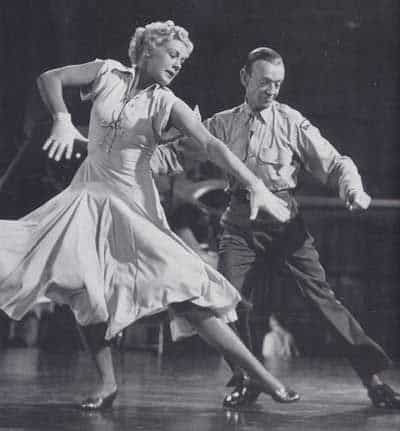
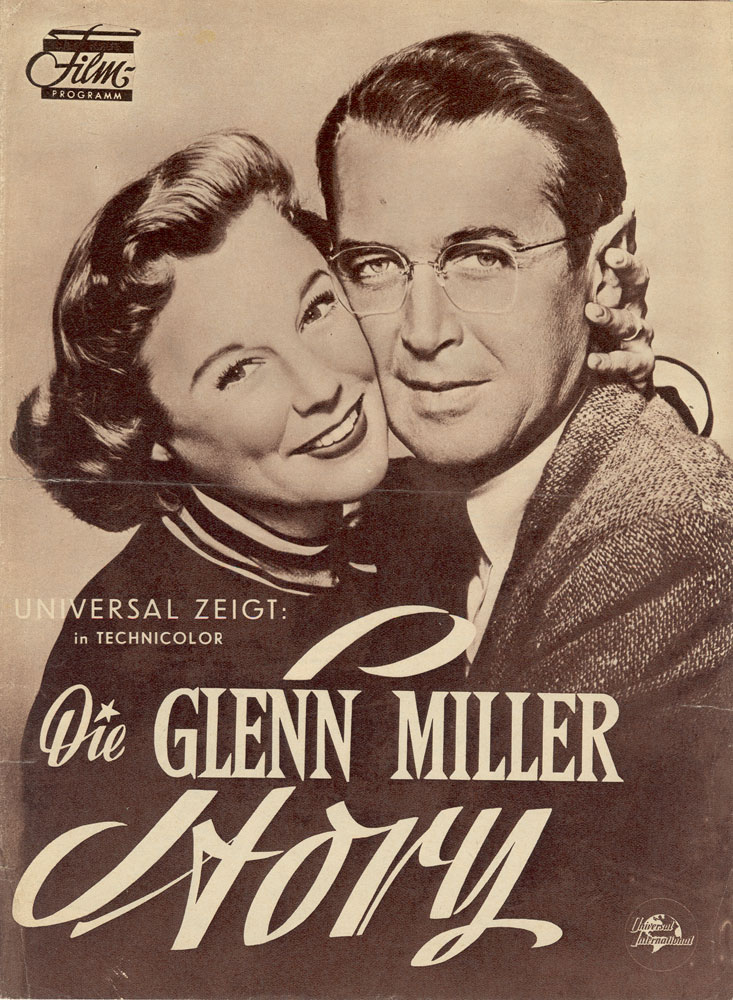
When the Swing Style really Took Off
The fashion style associated with the Big Band era was influenced by several factors, including social changes, economic prosperity, and the entertainment industry. The fashion of the Big Band era evolved over time, but some key elements were mainly:
*Swing era style – 1930’s – 1940’s men’s and ladies fashions, how they dressed and what was popular, as well as practical at the time. Ladies clothing featured elegant and flowing dresses with defined waistlines, while men wore double or single breasted suits with wide-legged pleated and cuffed trousers. Accessories were widely used by both men and women alike. 1940’s dress styles can be purchased today at Zapaka Vintage. Other styles can be here online.
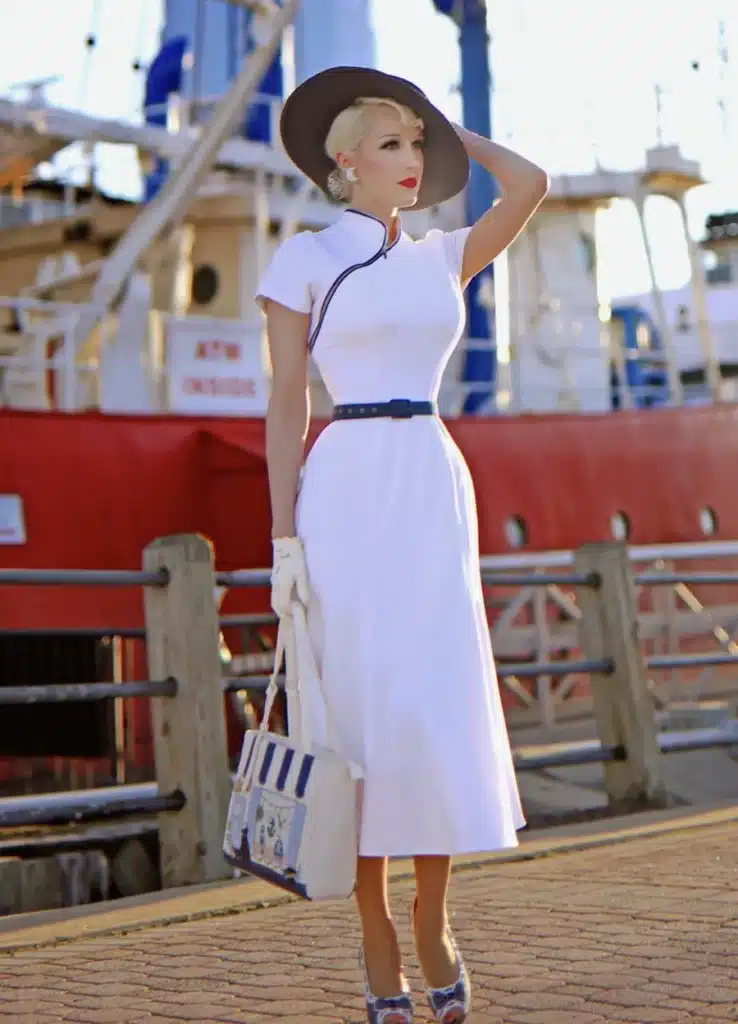
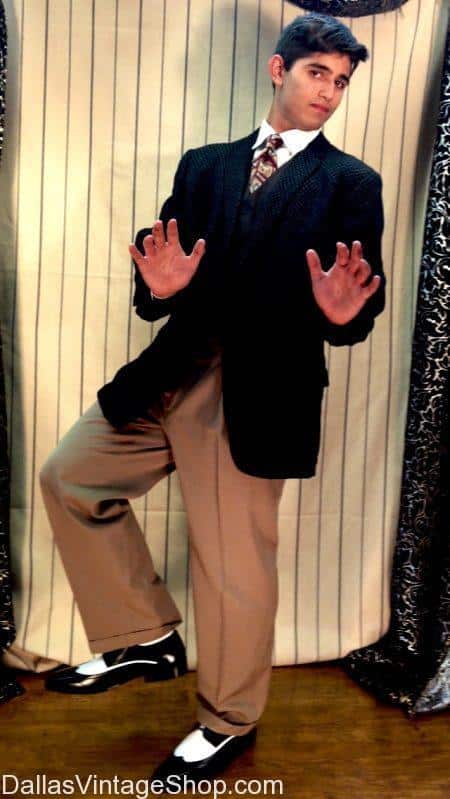
*Dance culture influenced by the Big Band sound associated with dance halls and night clubs where fashion adapted to the needs of dancers, both allowing freedom of movement.
*Hollywood or celebrity movie stars influenced fashion trends with their glamorous looks such as Ginger Rogers and Fred Astaire who wore elegant sophisticated attire inspiring people’s clothing choices.
*Fashion fabrics and textiles associated with the Big Band era, for attire and accessories, included wool, satin, silk and rayon, but bold patterns such as stripes and plaids were also prevalent.
*The Great Depression also had a notable influence on fashion as people sought value and practicality in their clothing choices. But, as the economy improved during the late 1930’s and into the 1940’s, clothing styles became more sophisticated and tailored.
*World War 2 and Post war changes saw rationing affecting the availability of certain fabrics and materials leading to simpler designs and more practical clothing during the war years. However post war times there was a shift towards more lavish and glamorous styles.
The popularization of the Big Band era’s fashion was influenced by various figures and moments as key individuals and events played a significant role.
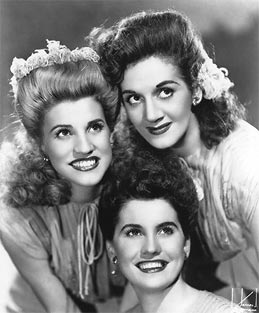
As a prominent bandleader and jazz composer, Duke Ellington had a sophisticated and elegant sense of style that influenced both musicians and fans alike. His charismatic stage presence and refined fashion sense contributed to popularizing the tailored and polished look. Other bandleaders such as the “King of Swing” – Benny Goodman and Glen Miller often seen dressed in well co-ordinated tailored suits and smartly accessorized outfits setting fashion trends among musicians and audiences, influencing fashion at the time. Key moments that further popularized the look included major public performances, like concerts and dance events, where influential bandleaders and musicians showcased their stylish attire.
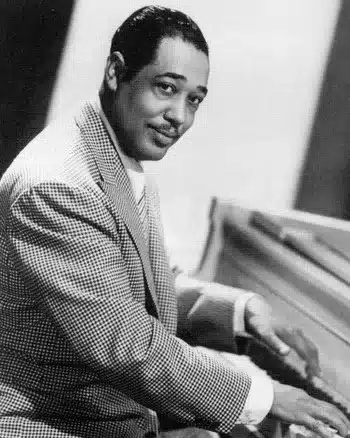
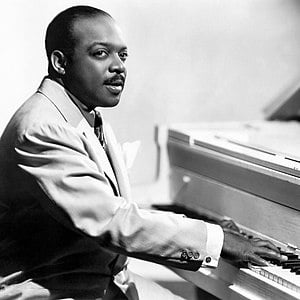
The onscreen persona of actors such as Fred Astaire, Ginger Rogers and Rita Hayworth played influential roles in popularizing the glamorous fashion associated with the era. Clothing choices designed for both, style and ease of movement, influenced by dancers of the Lindy Hopper groups, impacted the way people dressed for dance halls or social gatherings. Some of these designs came from professional designers, such as Coco Chanel, Christian Dior, and Elsa Schiaparelli who emerged as influential but innovative designers whilst contributing to women’s fashion that resonated with the evolving trends of the time. Publications like Vogue and Harper’s Bazaar showcased the latest fashion trends of the era, featuring styles worn by celebrities and influential figures. These magazines played a crucial role in disseminating and popularizing fashion trends.
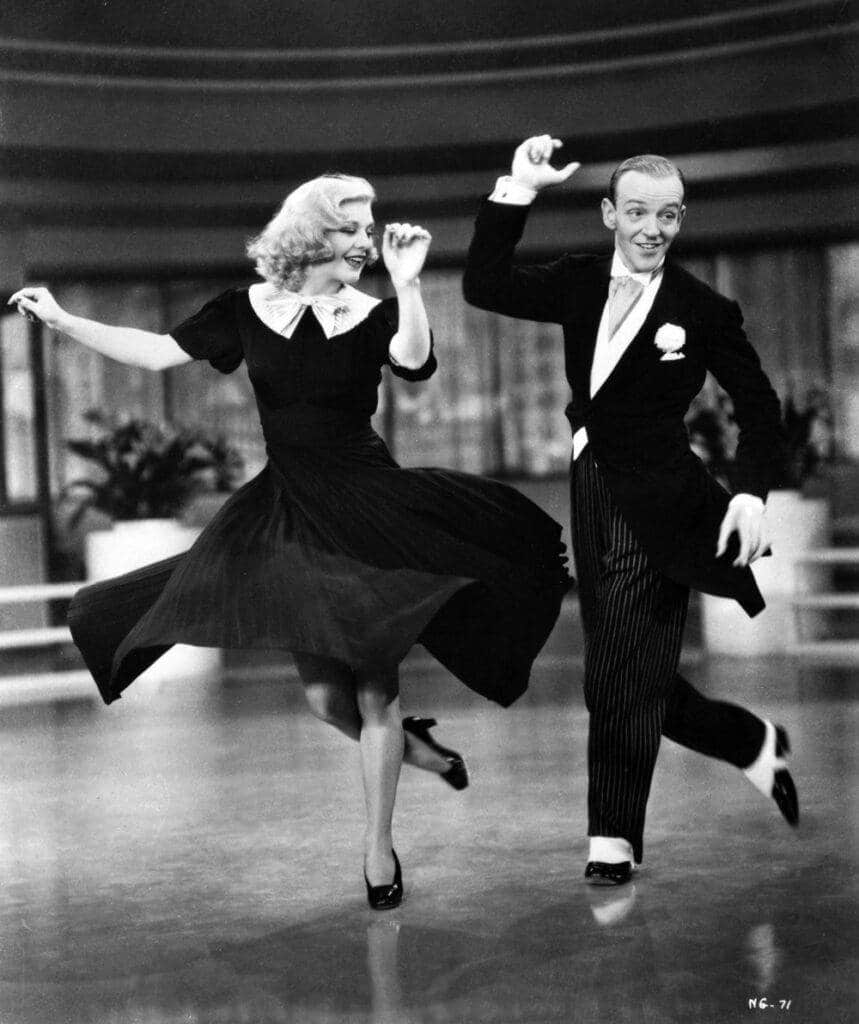
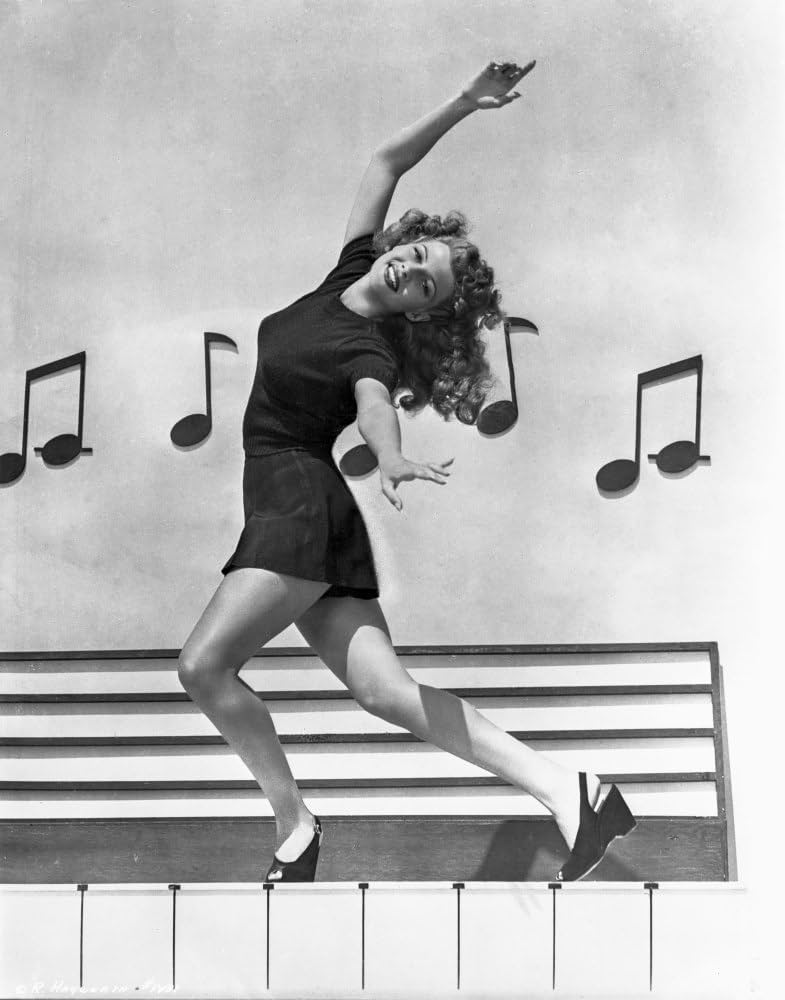
The Swing Era brought about significant shifts in societal attitudes towards fashion, largely influenced by various factors including economic changes, technological advancements, cultural shifts and the impact of World War 2.
The 1930’s witnessed the Great Depression, which brought about a more conservative and practical approach to clothing due to financial restraints. However, by the late 1930’s and into the 1940’s there was an economic recovery, leading to a resurgence of more elegant and sophisticated fashion styles. As the economy improved, people became more interested in dressing up and showcasing their prosperity through fashionable attire. This included the influencing by popular celebrity figures, and the glamour and sophistication they portrayed influencing the public’s perception of fashion.
With the rise of dance halls and the popularity of swing music, this led to a connection between fashion and dance, and clothing designs were adapted to accommodate the energetic dance styles of the era allowing for comfortable freedom of movement, reflecting the influence of the dance culture on fashion.
In addition, technological advancements in textile production and manufacturing allowed for the creation of new fabrics and clothing designs, and synthetic materials became more widely available, influencing the diversity of clothing options and styles.
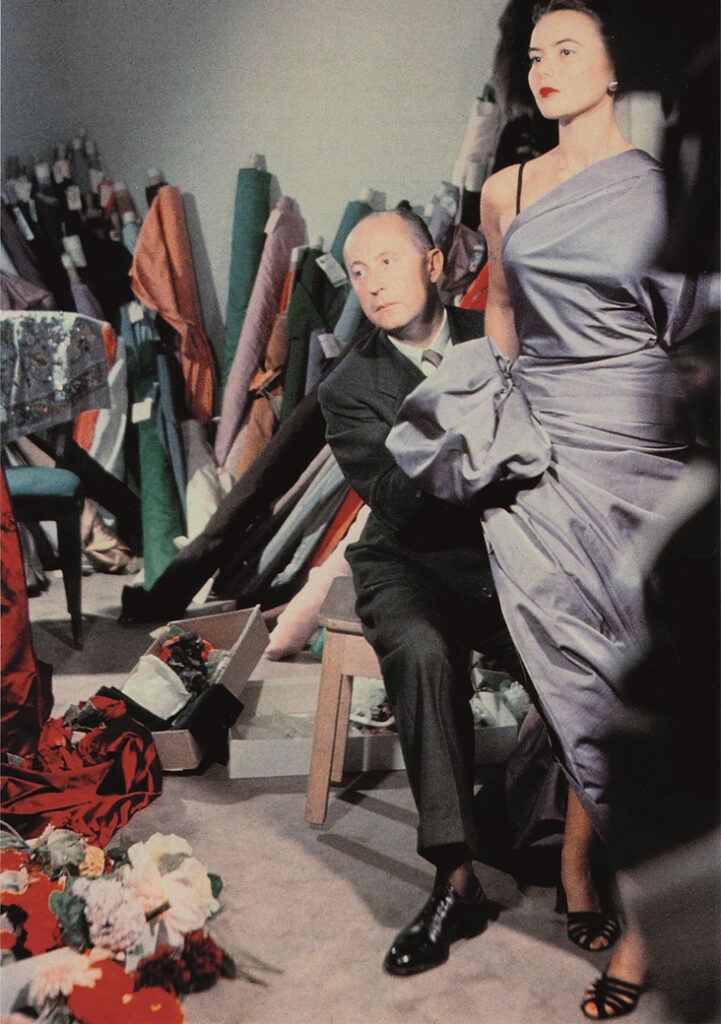
the thread
The second World War substantially impacted fashion with it’s rationing and limited resources as the war effort redirected materials towards military uniforms and necessities, leading to restrictions on civilian clothing production. The rationing affected the availability of certain fabrics leading to more conservative and practical clothing designs during war years. Women during this time were reversing roles in society, which lead to more practical and versatile clothing styles. The functional yet fashionable “Rosie the Riveter” style emerged during the war years as women took on new roles. The end of rationing led to a resurgence of more glamorous, elaborate and opulent clothing designs, a depart from the more restrained styles of the war years.

Reflecting Music Through Fashion
Relationships between Big Band music and fashion during the Swing Era, was deeply intertwined, with each influencing and reflecting the other in several symbolic ways. Each is associated with elegance and sophistication.
The music, characterized by it’s vibrant rhythms and refined compositions, resonated with the desire for a more polished and sophisticated lifestyle. The fashion choices of the time mirrored the refined nature of the music through tailored suits, flowing dresses and stylish accessories. The dance and movement of the Big Band music was meant to be enjoyed and danced to in lively settings such as dance halls and ballrooms. The clothing they wore aligned with the energetic dance culture associated with Big Band music, which allowed freedom of movement while maintaining a polished appearance. Stylishly dressed bandleaders became iconic figures associated with sophistication and glamour as people emulated their appearance. These bandleaders were easily identified by their professionalism and success, and the well-coordinated outfits they wore. Setting trends with their fashionable appearances which was embraced by a wider audience manifesting in the way people dressed for social events and gatherings reflecting the style and elegance associated with the Big Band era.

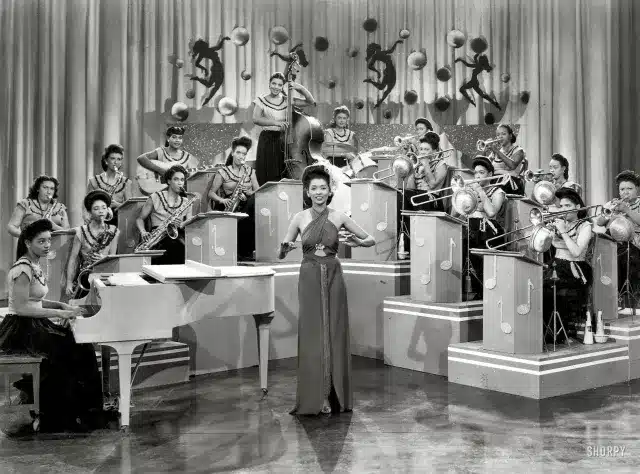
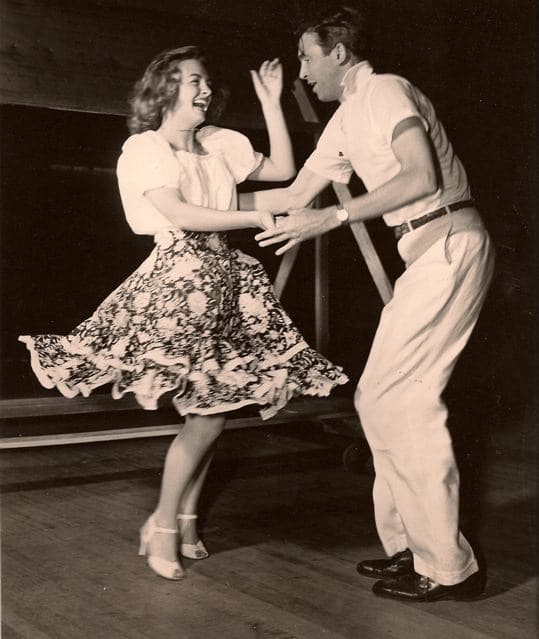
A symbolic relationship between Big Band and fashion was mutually reinforced as fashion was influenced by the energy, sophistication, and glamour of the music, while the musicians stylish appearances further enhanced the aura of the era, as a glamorous and sophisticated period in both music and fashion history.
Bandleaders and star musicians played a significant role in influencing clothing trends during this era. Their stage presence, personal style and public appearance had a profound impact on fashion, setting trends that were emulated by fans and the broader society.
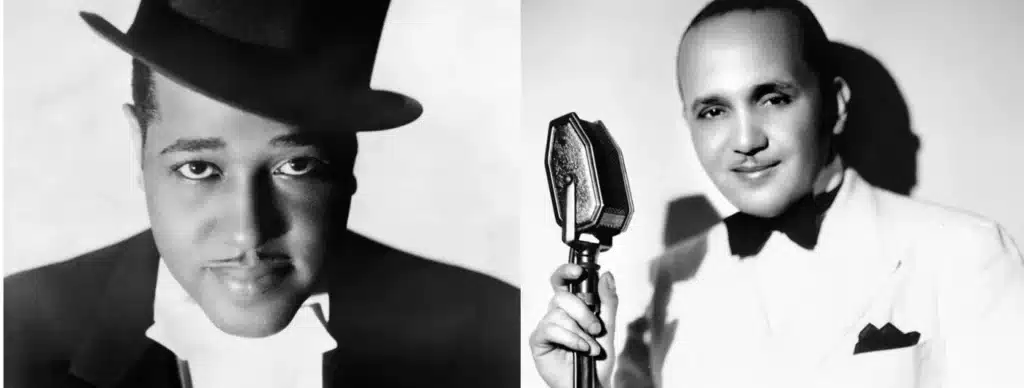
Some star musicians and bandleaders collaborated with fashion designers or brands, endorsing specific clothing lines or accessories. This collaboration served as endorsements for certain styles which amplified their influence on fashion trends. With extensive touring and public appearances they provided ample opportunity for their fashion sense to be showcased and admired. This reinforced their influence on fashion trends among their audiences.
Even beyond the Big Band era, the fashion legacy of these influential bandleaders and star musicians continued to resonate. Their timeless style remains an enduring influence in menswear and womenswear, inspiring fashion trends that continue to echo elements of the classic and elegant aesthetics of that era.
The swing era styles were adopted by certain fashion trends associated with Big Band music and dance culture. The adoption of these styles varied across different demographics due to various factors (already mentioned) but can also include these points.
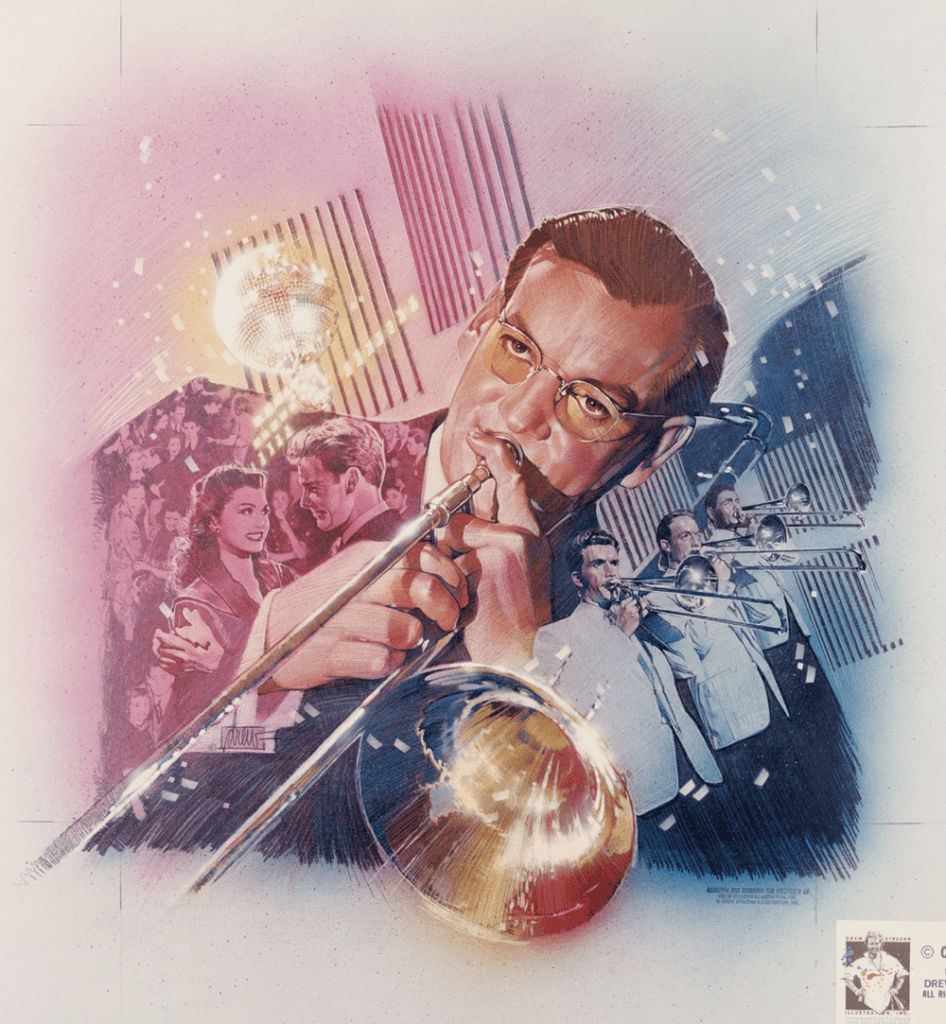
Younger generations often embraced swing fashions more readily, especially those more actively involved in the dance culture. While older generations preferred traditional and less flamboyant styles, which were more conservative.
Social classes such as upper classed society often had greater access to expensive fabrics, tailor made clothing or designer labels allowing them to exhibit a more refined and luxurious style. The middle class also embraced swing fashions, but would adopt more affordable options or adapt an existing wardrobe to incorporate elements of the trend. Due to budget restraints the working class chose more practical and functional clothing, doing their best to capture elements of the swing fashion within their means.
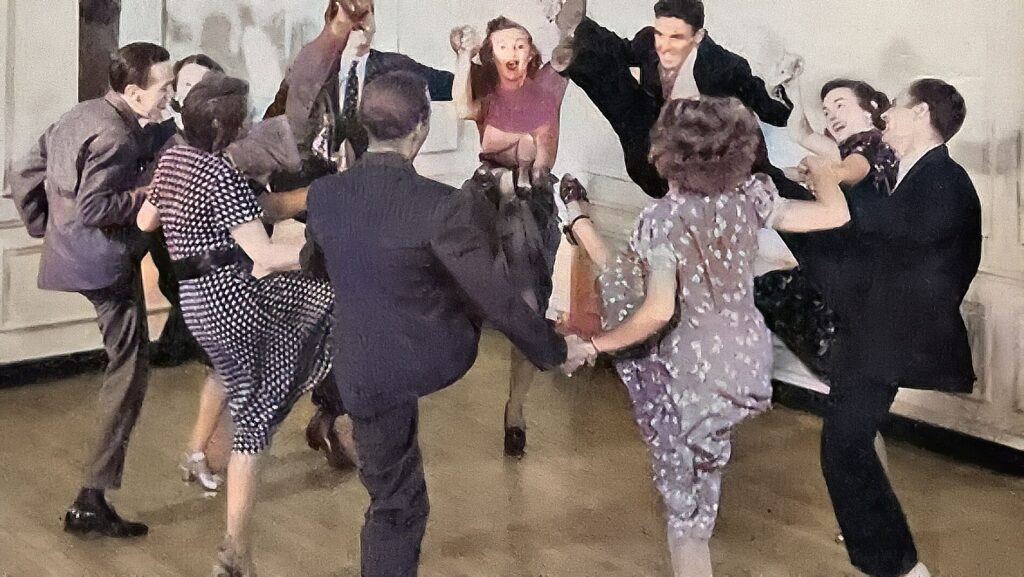
*Fashion trends might vary regionally, based on cultural differences and geographical locations, as urban areas where dance halls and Big Band music was prevalent, tended to exhibit a stronger influence of swing fashion compared to a more rural or less cosmopolitan area. The music and fashion of swing era was embraced across racial lines, even with variations in the interpretation or adoption of these trends among different communities, each would infuse their cultural variations into the styles. The fashion reflected the evolving gender roles of the time, however people would adapt to more conservative and practical clothing due to shortages of materials.*In essence, swing fashions had a widespread influence on society and was embraced by various demographics, the degree and specific interpretations of this trend varied, based on individual preferences, socio-economic status, cultural backgrounds, and the prevailing circumstances of the time. But the Big Band era was a pivotal period in the history of music, leaving a legacy that continues to influence various musical genres and cultural trends to this day.
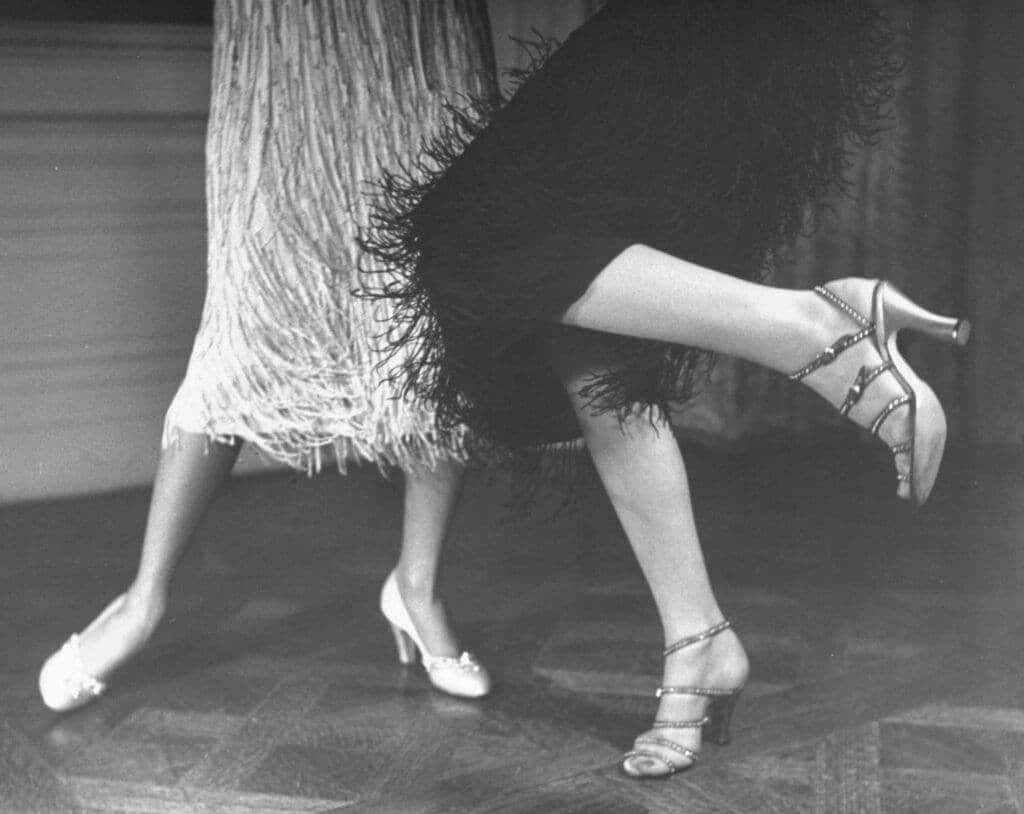
I hope you enjoyed my page on fashion within the Swing music era.
Many thanks,
Helen
Connect with us via our socials or get in touch below:
